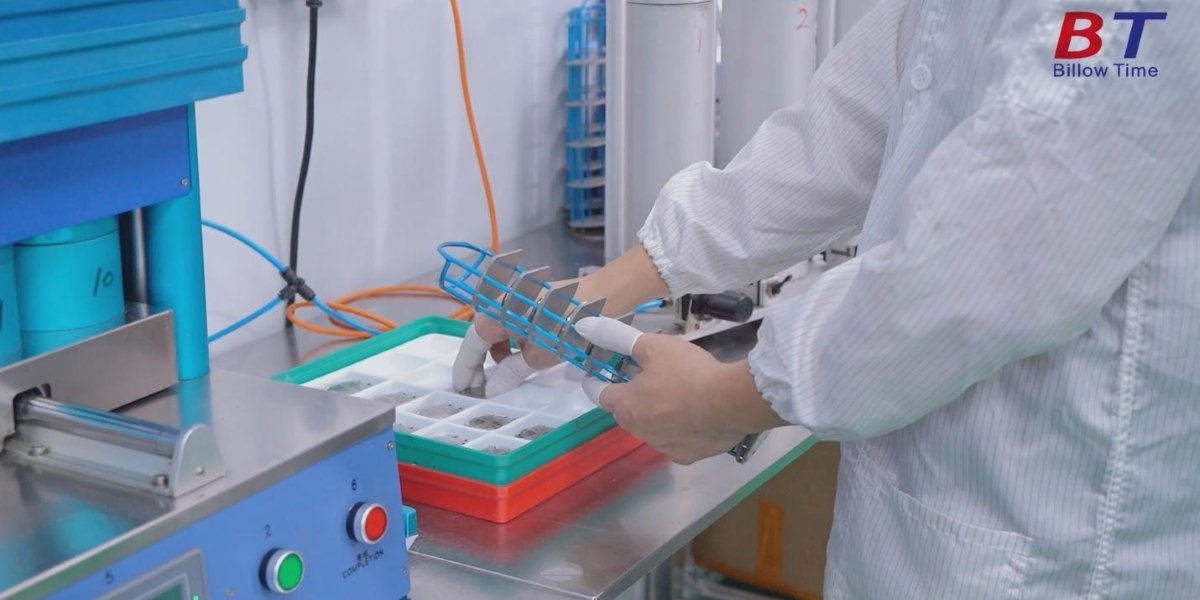By: Jason Gerber
The Concklin family’s agricultural legacy spans over three centuries, making their farm, the Orchards of Concklin, among the oldest in America. From their early days as settlers in colonial America to the modern era of agribusiness, the Concklins have adapted to changing times while remaining deeply connected to their land. This article explores the family’s agricultural journey, focusing on how the Concklins built a farming dynasty that has stood the test of time.
Early Beginnings
The Concklin family’s agricultural story begins in the 17th century with Ananias and John Concklin, two brothers who emigrated from Nottinghamshire, England, to the Massachusetts Bay Colony in 1638. Originally glassmakers, the brothers quickly realized that life in the colonies required flexibility and resilience. After several years of working in the glassmaking trade, the Concklins shifted their focus to farming, as agriculture became a more viable and essential livelihood.
In the mid-1600s, the Concklins settled in Long Island, New York, where they acquired land and began farming. By the early 1700s, descendants of the Concklin family, including Samuel and Nicholas Concklin, moved to Rockland County, New York, where they were granted land through the Cheesecock Patent of 1702. This marked the beginning of the Concklin family’s deep connection to the fertile lands of Rockland County.
Establishing the Orchards of Concklin
The Orchards of Concklin, located in Pomona, New York, was established by the early 1700s and quickly became the heart of the family’s agricultural enterprise. Farming in the 18th century was a challenging yet essential part of life, especially in the colonies, where settlers had to cultivate the land to survive and prosper.
In its early years, the Concklin orchards produced a variety of crops, but they became particularly renowned for their apple orchards. Rockland County’s rich soil, combined with favorable weather conditions, made the region ideal for fruit farming. Over time, the Concklin farm expanded its reach, supplying apples and other produce to local markets.
The family’s dedication to their farm and agricultural practices became central to their identity. Generation after generation, the Concklins remained committed to working the land, ensuring the farm’s longevity through careful cultivation and hard work.
The Revolutionary War and the Concklin Farm
The Concklin family’s farm not only provided sustenance but also played a role in the broader history of America. Rockland County became a crucial strategic area during the American Revolutionary War due to its location along the Hudson River. Like many in the region, the family farm supported the war effort by providing food and supplies to the local militia and soldiers.
During the Revolutionary War, Isaac Concklin, a direct ancestor, served as a captain in the 4th Regiment of Dutchess County, New York. His involvement in the fight for independence highlights the family’s deep-rooted connection to both the land and the cause of freedom. The farm, which had been in operation for nearly 100 years by that time, served as a beacon of continuity and survival through turbulent times.
Adapting to Change: 19th and 20th Century Farming
Farm farming practices also evolved as the 19th century brought industrialization and technological advances to America. The Concklins, like many farming families, had to adapt to these changes while maintaining their traditional methods of cultivation. The introduction of new farming tools, techniques, and transportation routes helped the family farm expand its reach.
One of the most significant developments for the Orchards of Concklin came with the construction of the Tappan Zee Bridge in 1955 and the Palisades Parkway, which made Rockland County more accessible to New York City. These new transportation routes allowed the Concklin family to expand their customer base, reaching urban markets with fresh produce, especially their prized apples.
In the 20th century, the Concklins also began to diversify their farm products. While apples remained the cornerstone of the business, the family introduced other fruits, vegetables, and value-added products like apple cider and baked goods. This diversification helped the farm remain profitable and sustainable, even as farming faced new challenges, such as market fluctuations and environmental changes.
Conclusion
The Concklin family’s agricultural journey is one of resilience, adaptation, and a deep-rooted connection to the land. From their early days as colonial settlers to their status as one of America’s oldest farming families, the Concklins have demonstrated a remarkable ability to thrive through changing times.
The Olden Days: My Mother’s Family History 1594-1997, written by Beverly Schultz Csordas, offers a unique and personal look at the Concklin family’s journey, filled with stories, letters, and diaries that bring their agricultural legacy to life. It is a testament to the enduring spirit of one family’s commitment to the land and the traditions they have preserved for over 400 years.
Published by: Khy Talara















